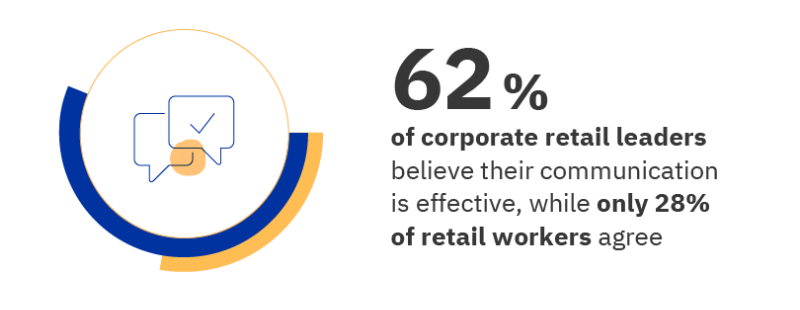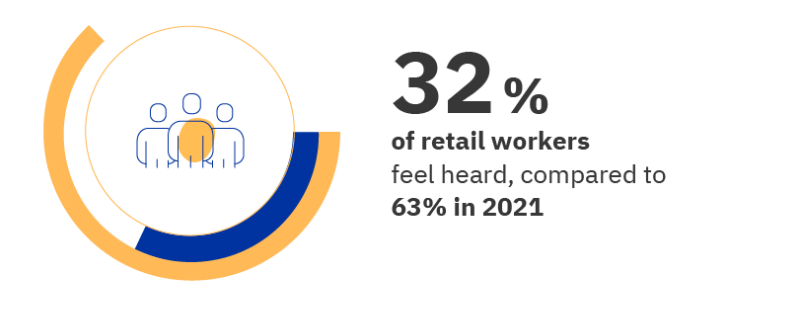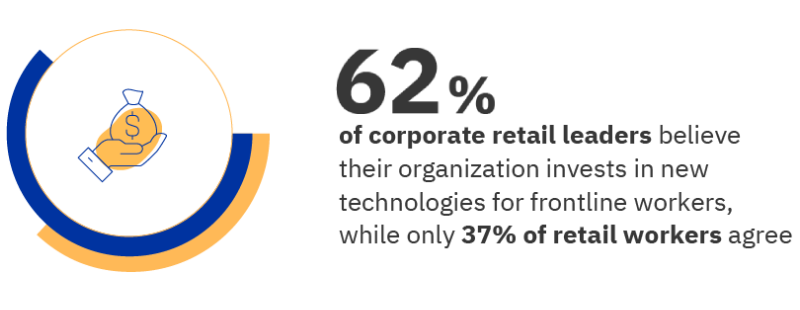The Deskless Report:
Retail Edition 2023
What do associates need to stay happy, productive, and loyal? What do retail managers need to effectively lead their associates without daily burnout? And what do retailers need to make the data-driven decisions to empower their workforce at scale? These are the questions we set out to address in The Deskless Report: Retail Edition.






